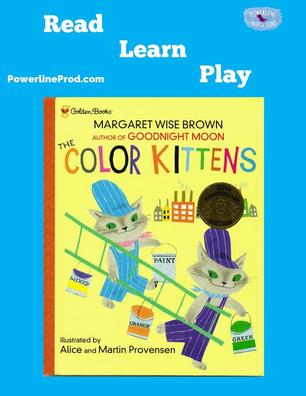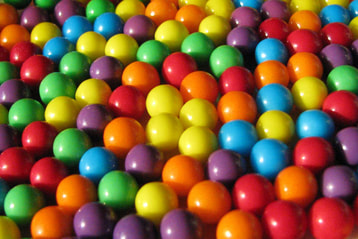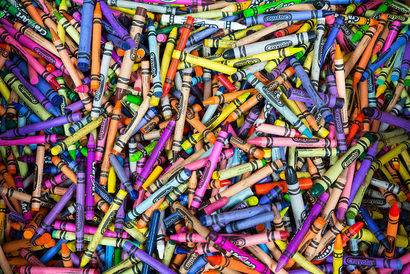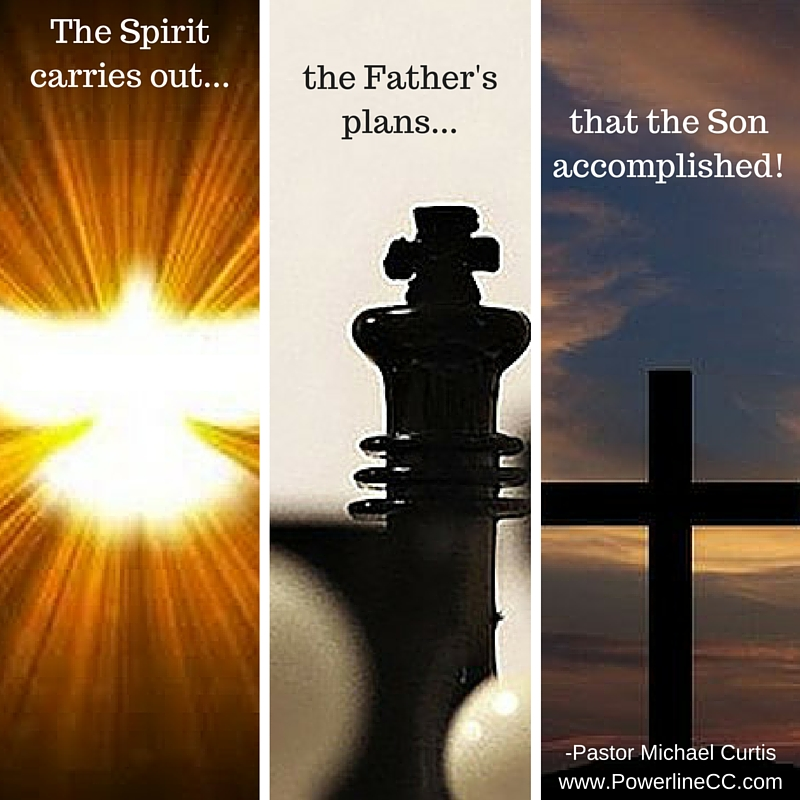 Brush and Hush, the Color Kittens, are on a quest to find green. Dressed like house painters, they have buckets and buckets and buckets of colors. The pouncy kittens love to splash the colors into each other to create new colors. You and your little lambs can meet Brush and Hush in The Color Kittens by Margaret Wise Brown.The delightful illustrations and whimsical writing in this classic picture book will engage Mom and children. Most children love colors, the brighter and happier the better so they will relate with Brush and Hush, as well as the kittens' enthusiasm for colors and their quest to find the color green. The Color Kittens will most likely become a favorite of your children and want to hear it over and over again. I suggest reading it over and over again because it's a wonderful book. Not only will children be introduced to poetic language, they will learn about mixing colors. Yes, this picture book is a STEM resource. Once you read the book, it's time to have some hands-on fun just like Brush and Hush.  Here are some ideas for you and your children to enjoy: Get out a variety of plastic cereal bowls in every color. Have children search for small objects of the same color as each cereal bowl. Put the objects in the matching cereal bowl. When you are finished, you should have little cereal bowls filled with different objects. Go through the bowls together and talk about the color. Play "I Spy." One person starts and says, "I spy something blue," (Or any other color.) Everyone else has to guess what object it is by looking around the room. Play "What's So Great About Color?" The first person points to someone else and says, "What's so great about green? (or another color). They person has to respond with all the things they love about the chosen color. Then that person points to another person and says, "What's so great about red?" (or any other color). This game gets you to thinking about what a colorful and beautiful world God made. Fill 3 clear plastic cups with water. Place a drop of yellow in one cup of water; a drop of blue in another cup of water; and a drop of red in a third cup of water. Into an empty plastic cup, pour 1/4 cup of the 'red' water and a 1/4 cup of the 'blue' water to create purple water. Combine yellow water and blue water to make green. Combine yellow water and red water to make orange. Combine all the water to make brown.  Using store-bought or homemade white frosting, fill three small bowls with a large spoonful of frosting, reserving some for later. Add a few drops of red food coloring to produce red frosting in one bowl. Add a few drops of yellow food coloring to produce yellow frosting in another bowl. Add a few drops of blue frosting in the third bowl to produce blue frosting. Combine a spoonful of red frosting and a spoonful of blue frosting in a bowl to make purple frosting. Combine a spoonful of red frosting and a spoonful of yellow frosting in a bowl to make orange frosting. Combine a spoonful of yellow frosting and a spoonful of blue frosting in a bowl to make green frosting. Now, frost a cake with a crazy patchwork pattern so everyone can see all the color or frost graham crackers in different colors. You can also add white frosting to the frosting colors you have created to make lighter shades. This is called tinting. Get a large box of crayons and pull out 2 blue crayons, 1 red crayon, and 1 yellow crayon. Lay the four crayons out in this order blue, red, yellow, blue on a long table with lots of space between. Divide all the crayons by what colors were used to create their color and place the crayons between the blue and red/red and yellow/ or yellow and blue. Talk about how many different shades you can use using primary colors (blue, red, yellow) and tinting (adding white) or shading (adding black). Fill a cup with red paint, fill another cup with blue paint, fill a third cup with yellow paint, fill a fourth cup with white paint, and a fifth cup with black paint. Mix primary colors together (blue, red, yellow) to make secondary colors (purple, orange, green). Mix all primary colors to make brown. Mix each primary and secondary color with white to tint creating colors like pink, lilac, light blue, etc.). Mix each primary and secondary color together with black to shade, or make darker, or dustier. Have Fun Mixing Colors and Creating All the Colors in the Whole World! Warmly, Meredith Curtis
0 Comments
Leave a Reply. |
AuthorsMeredith Curtis Archives
February 2020
Categories
All
|
Powerline Productions
- Home
-
Books
-
Curriculum
- HIS Story of the 20th Century >
-
High School Courses
>
- Economics, Finances, & Business >
- American Literature & Research
- British Literature
- Who-Dun-It Murder Mystery
- Foundations of Western Literature
- Communication 101: Essays & Speeches
- Old Testament Survey
- Worldview: Understand the Times Workbook
- Drama
- Career Choices & the College Decision
- Real Men 101
- Real Men 102
- Real Men 103: Leadership
- God's Girls 101
- God's Girls 103
- God's Girls 104: Motherhood
- God's Girls 105: Homemaking
- Travel God's World Geography >
- Government
- Unit Studies >
- Teach History the Fun Way >
- Families Learn Together American History >
- STEM Notebooking Pages
- Middle School Courses >
-
Bible
- Cozy Mysteries
- Blog
Photos from cloudzilla, Fil.Al, vaniljapulla, m01229, Ian D. Keating, (Imagine) 2.0, Theo Crazzolara, RomitaGirl67, RomitaGirl67, Gonmi, moonlightbulb, RomitaGirl67, Amydeanne, Salva Martinez, Graham Ó Síodhacháin, Ruth and Dave, infomatique, MsSaraKelly, moonrat42, {Guerrilla Futures | Jason Tester}, Monica's Dad, kennethkonica, o palsson, Tourismusregion Katschberg, wuestenigel, COD Newsroom, ANBerlin, Henri Photography, Tourismusregion Katschberg, Corey Ann, *_*, diannlroy.com, Theo Crazzolara, DaPuglet, terren in Virginia, George M. Groutas, Bunches and Bits {Karina}, Anders Ruff Custom Designs, ¥§•ªˆ¨ˇ© LOVE © ˇ¨ˆª•§¥, srqpix, inkknife_2000 (8 million views +), judy dean, ANBerlin, Phil Roeder, Base Camp Baker, Anders Ruff Custom Designs
 RSS Feed
RSS Feed







